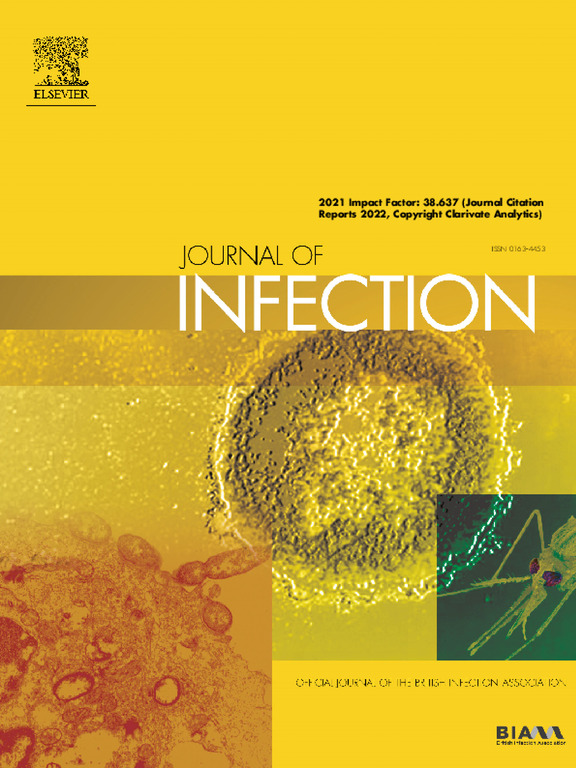乙型肝炎核心相关抗原(HBcrAg)作为生物标志物在英国和南非队列中的评估
IF 11.9
1区 医学
Q1 INFECTIOUS DISEASES
引用次数: 0
摘要
在两种不同的人群中,我们开始评估乙型肝炎核心相关抗原(HBcrAg)作为乙型肝炎病毒载量(VL)和肝脏疾病的代理。方法我们对来自英国(英国,n=142)和南非(南非,n=211)的成人慢性HBV感染患者进行了一项横断面回顾性观察研究。我们采用护理点测试(POCT)阈值评估HBcrAg分布、与其他生物标志物的关系以及风险分层表现。结果美国和英国的队列在种族、HIV合并感染、hbeag阳性和HBV VL≤20万IU/ml的比例上存在差异(p < 0.001)。HBcrAg与丙氨酸转氨酶(ALT)呈正相关(两组均为0.01),APRI评分与纤维化/肝硬化呈正相关(英国p=0.03, SA p=0.008),但与弹性成像或FIB-4评分无关。在英国人群中,HBcrAg≥4.3 log10U/ml (POCT阈值)预测VL≤200iu /ml的敏感性为100%,特异性为92%,而在SA人群中,敏感性为94%,特异性为86%。结论shbcrag与VL相关,但与肝脏疾病相关性较小。这种生物标记物的使用需要根据不同的人群进行调整。本文章由计算机程序翻译,如有差异,请以英文原文为准。
Evaluation of Hepatitis B core-related antigen (HBcrAg) as a biomarker in cohorts from the United Kingdom and South Africa
Objectives
We set out to evaluate Hepatitis B core-related antigen (HBcrAg) as a proxy for hepatitis B (HBV) viral load (VL) and liver disease in two different population settings.
Methods
We undertook a cross-sectional retrospective observational study using samples and data from adults living with chronic HBV infection from the United Kingdom (UK, n=142) and South Africa (SA, n=211). We assessed HBcrAg distribution, relationship with other biomarkers, and risk stratification performance, applying point of care test (POCT) thresholds.
Results
SA and UK cohorts differed by ethnicity, HIV coinfection, HBeAg-positivity and proportion with HBV VL >200,000 IU/ml (all p<0.001). HBcrAg positively correlated with alanine aminotransferase (ALT) (in both settings p<0.01), and fibrosis/cirrhosis by APRI score (p=0.03 in UK, p=0.008 in SA), but not with elastography or FIB-4 scores. HBcrAg ≥4.3 log10U/ml (POCT threshold) was 100% sensitive and 92% specific for predicting VL >200,000 IU/ml in the UK cohort, compared to 94% sensitive and 86% specific in the SA population.
Conclusions
HBcrAg correlated with VL, but less so with liver disease. Use of this biomarker needs tailoring for use in diverse populations.
求助全文
通过发布文献求助,成功后即可免费获取论文全文。
去求助
来源期刊

Journal of Infection
医学-传染病学
CiteScore
45.90
自引率
3.20%
发文量
475
审稿时长
16 days
期刊介绍:
The Journal of Infection publishes original papers on all aspects of infection - clinical, microbiological and epidemiological. The Journal seeks to bring together knowledge from all specialties involved in infection research and clinical practice, and present the best work in the ever-changing field of infection.
Each issue brings you Editorials that describe current or controversial topics of interest, high quality Reviews to keep you in touch with the latest developments in specific fields of interest, an Epidemiology section reporting studies in the hospital and the general community, and a lively correspondence section.
 求助内容:
求助内容: 应助结果提醒方式:
应助结果提醒方式:


